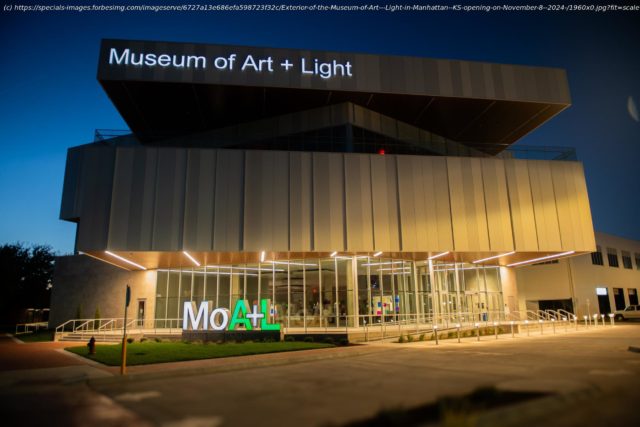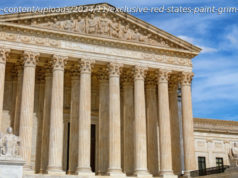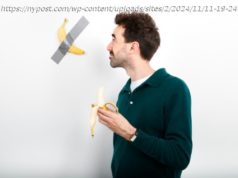The „Code & Canvas“ artists, like photographers and filmmakers before them, are proving the technical marvels of their day can produce fine art.
When the Museum of Art + Light (MoA+L) opens on Friday, Nov. 8, in Manhattan, Kan., it will do so as the first in the world purpose built to give equal standing to conventional fine art–paintings and sculpture–immersive art–those big, room-filling, animated, video projection displays–and digital art. The first traditional museum with an entire gallery dedicated to collect and display digital art permanently.
Digital art as a feature, not a sideshow.
Partnering with Iconic, a leading digital art platform, MoA+L brings five of the world’s leading artists of the digital age to its De Coded Digital Gallery in an exhibition titled “Code & Canvas: Defining Digital Art in the Age of Blockchain.” This groundbreaking exhibition features both new and renowned pieces by Erick “Snowfro” Calderon, Tyler Hobbs, Sasha Stiles, Grant Yun, and Emily Xie.
For better or worse, digital is the medium of our times. American lives are digital. Screens. 1’s and 0’s. Code. Backlit. Computers.
The “Code & Canvas” artists, like photographers and filmmakers before them, are proving the technical marvels of their day can produce fine art.
“I grew up drawing and painting–loved doing it as a kid,” Hobbs told Forbes.com. “In high school, I got into programming, and when it was time to go to college, I ended up studying computer science, but I kept working on artwork in my in my free time. Even though my day job was a programmer, I was making art in the morning and evenings. Eventually, I decided to try to combine the two and create artwork through programming. That’s really when things took off for me. That’s when my work, to me, became interesting and my own personally unique work.”
Stiles, likewise, who also came of age as computers were taking over the world, a contemporary of Mark Zuckerberg at Harvard, established her creative roots in a centuries-old medium.
“I am a conventional poet from way back, my art medium is words,” she told Forbes.com. “I’ve been writing about technology, about my relationship to technology, for years and years and years, and in the course of that exploration, I’ve been incorporating multimedia tools and different technologies into my writing practice. I started incorporating motion graphics and sonic enhancement, and then in 2017 and ‘18, when language models–(Artificial Intelligence) generated text–started to surface in a major way, I started to explore the possibilities of using large language models and natural language processing in my poetic practice.”
Both produce what is known as generative art.
“Generative art is where the artist, rather than working specifically on crafting one image or one object, is thinking about crafting a system or a pattern or a process that creates the artwork,” Hobbs explains. “They’re removing themselves, somewhat, from exactly what happens, and instead, they’re focused on designing that system or process so that it makes the kind of things (the artist) tends to be interested in.”
The human artist writes the code or algorithm or “prompts” to AI what range of outputs they’re hoping to achieve, but it’s the computer producing the finished product. Generative artists tell the computer what to do, then the computer does the work.
Start
United States
USA — Art Museum Of Art + Light Opening In Kansas With An Industry-Leading Focus...






